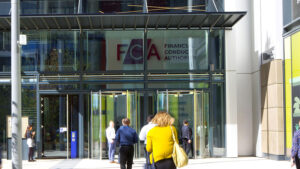For BlackRock’s fixed income team, the Bank of England is likely to be the first of the world’s four major central banks to raise interest rates, potentially as early as the first quarter of 2015.
“The major central banks are at differing inflection points with respect to their post-crisis unconventional policies,” the team said in its latest update.
“The Bank of England and the Fed appear to be establishing the blueprint for transitioning from highly accommodative to more normal policy, while the European Central Bank and the Bank of Japan are considering additional monetary easing.”
Risks and opportunities
“As they continue to quickly adjust (and further differentiate) their monetary policies, market volatility is set to rise, creating risks as well as opportunities for investors. Ultimately, an exit from quantitative easing will be extremely challenging and reducing global liquidity will have unintended consequences across all assets.”
James Foster, manager of Artemis’
Monthly Distribution and
Strategic Bond funds, thinks an early rate hike is unlikely – he says any move before next year’s general election “would be perceived to be political”.
“I still think it is going to be some way before the Bank raises interest rates, while historically the trend seems to be about six months after the US,” he says.
“In the US, Janet Yellen has told us that rates might go up in a year’s time and that seems about right given the course in trajectory of unemployment, which is one of their most important yard sticks. Add on six months for the UK and that would suggest rates might rise in the autumn of next year.”
How much would the Bank increase interest rates? There has been speculation of a much lower peak in the next interest rate cycle, and Foster believes this translates to around 2% in the UK.
He adds: “Given that people have got so used to low rates, the dampening effect that would have on the economy could be quite significant. I don’t think savers should be expecting big changes in their saving rates once interest rates start to increase, unless we see a sea change in inflation which is unlikely at the moment.”
Foster has also recently sold out of long-dated gilts and credit, particularly given the scrapping of compulsory annuities, announced in the chancellor’s last Budget.
Reduced duration
“Straight after the Budget we read this as being damaging to the long-end of the gilt market and we have sold 10-year futures as a result to reduce the duration of the fund,” he says.
“L&G are talking about a 75% decline in annuity buying, and we’ve probably got to believe what they are saying. The demand for long-end assets is going to reduce. That’s not going to happen overnight, rather it will be a gradual decline, but it would suggest that the yield curve will be much steeper, i.e. longer rates would have to rise to compensate for the less demand that there is.”






